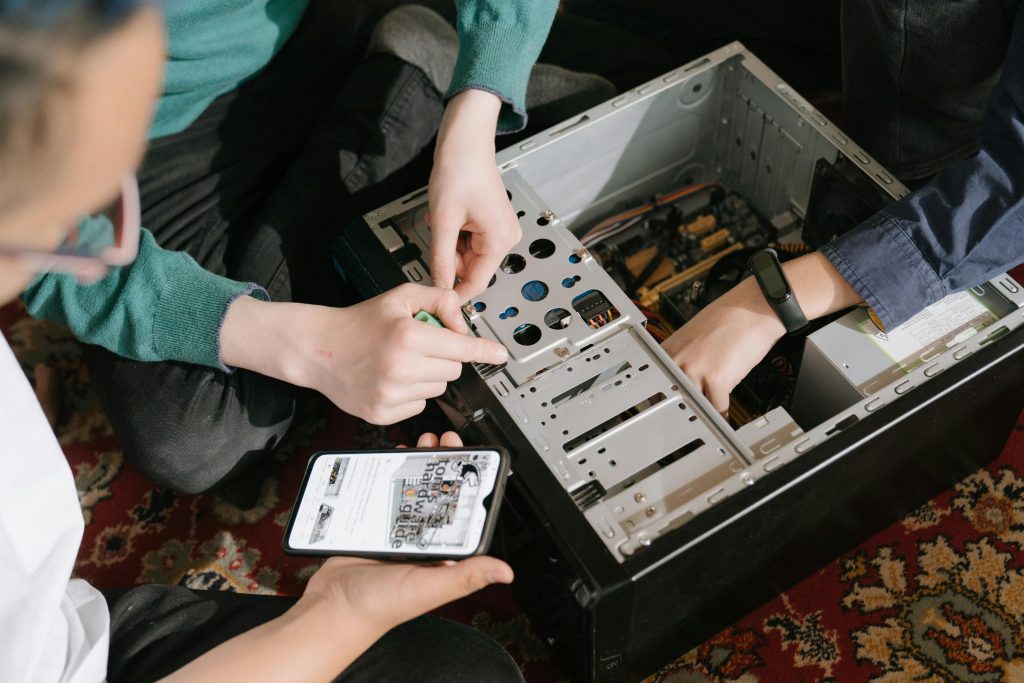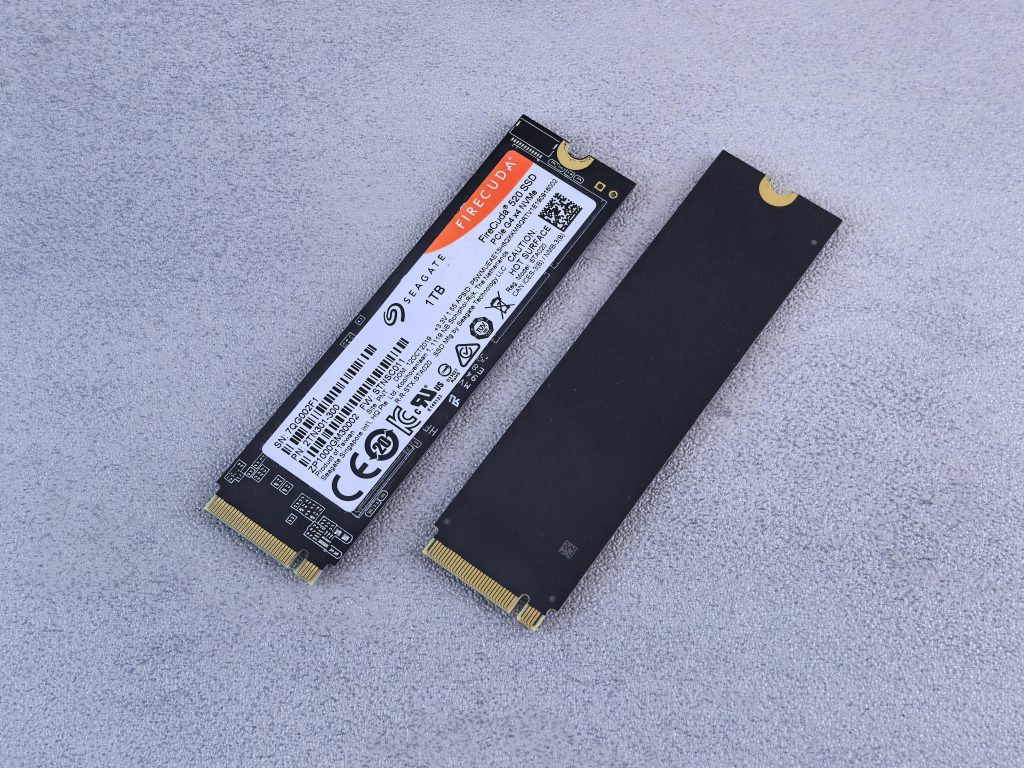Troubleshooting Display Issues After BIOS Configuration: A Guide for New PC Builders
Building your first PC can be an exciting journey, but it often comes with its share of technical challenges. One common issue that many new enthusiasts face is a blank or no signal display after configuring BIOS settings. If you’ve recently built a new system and are experiencing a black screen or “no signal” message on your monitor or TV, this guide will help you diagnose and resolve the problem efficiently.
Understanding the Issue
It’s not uncommon for users to encounter a situation where, after entering the BIOS to modify settings like enabling DOCP (which adjusts memory profiles), the display no longer outputs any signal. This can be alarming, especially if the monitor shows a “no signal” message and remains blank, even though the PC appears to be powered on.
Possible Causes
- BIOS Configuration Changes: Enabling certain features like DOCP can sometimes lead to compatibility issues or misconfigurations.
- Incorrect Video Output Selection: Using the wrong HDMI port or input source on your monitor/TV.
- Connection Problems: Loose or faulty HDMI cables or ports.
- Hardware Compatibility or Faults: RAM incompatibility, GPU issues, or motherboard problems.
- Missing or Incorrect Boot Media: If your system doesn’t have a boot device or proper OS installation, it might prevent video output (though usually post or BIOS beeps are present).
Step-by-Step Troubleshooting
- Verify Physical Connections
- Ensure the HDMI cable is securely plugged into the GPU and the correct HDMI port on your monitor or TV.
-
Confirm the monitor/TV is set to the correct input source.
-
Test with Alternative Cables and Ports
- Try a different HDMI cable to rule out a faulty cable.
-
Use a different HDMI port on your GPU or monitor.
-
Check Power and Hardware Status
- Confirm that your PC is indeed powered on and that all fans and LEDs are active.
-
Disconnect all peripherals except for essentials to see if the system boots.
-
Reset BIOS Settings
- Power down the PC and disconnect power.
- Clear BIOS settings by resetting the CMOS:
- Use the motherboard’s BIOS reset jumper or
- Remove the CMOS battery for a few minutes, then reinsert it.
-
This will revert BIOS settings to default, which can resolve issues caused by misconfiguration.
-
Test with Minimal Hardware
- Remove and rese
Share this content:


